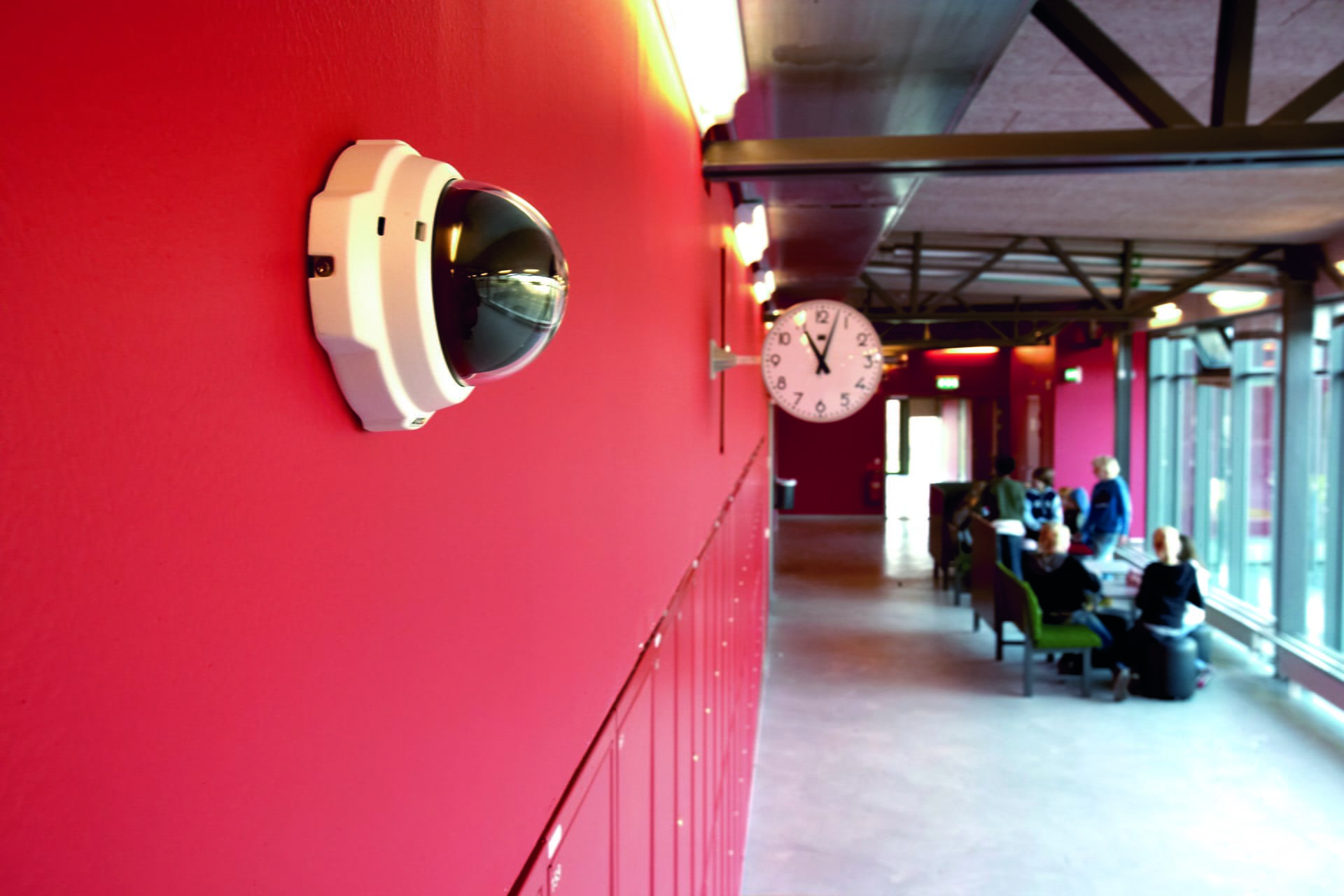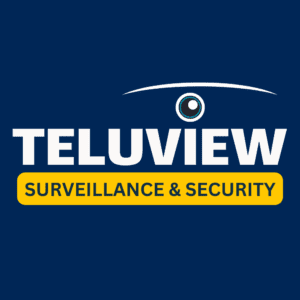Benefits of Security Cameras in Education

In today’s world, ensuring the safety and security of students and staff is a top priority for educational institutions. One effective method to achieve this goal is the installation of security cameras. The benefits of security cameras in schools are manifold, ranging from increased safety to better emergency response. This article delves into these benefits, highlighting how security cameras can create a safer, more conducive learning environment.
Table of Contents
Importance of Security Cameras
The use of security cameras in schools is a growing trend as educational institutions strive to provide a safe environment for students, staff, and visitors. Security cameras serve as a critical tool in the overall security strategy of schools, helping to deter negative behaviors and monitor activities on campus. Education systems are increasingly recognizing the need for advanced security measures to ensure a safe educational environment.
Enhanced Safety and Security
One of the primary benefits of security cameras in schools is their ability to deter criminal activities. The presence of cameras can discourage theft, vandalism, and unauthorized entry. According to a study by the National Center for Education Statistics, schools with security cameras reported lower incidents of property crimes (NCES, 2020). This shows that security measures are essential for maintaining a safe educational setting.
Preventing Vandalism
Vandalism can be a significant issue for schools, leading to costly repairs and a negative impact on the school environment. Security cameras help in preventing such activities by monitoring school grounds and capturing evidence that can be used to identify and prosecute offenders. By safeguarding educational property, schools can provide a better learning environment for students (NCES, 2020).
Monitoring Student Behavior
Security cameras play a vital role in monitoring student behavior, helping to reduce incidents of bullying and misconduct. By providing visual evidence, cameras can assist school administrators in addressing disciplinary issues more effectively. Research has shown that schools with surveillance systems report a decrease in bullying incidents. This is crucial for creating a positive educational atmosphere.
Improved Emergency Response
In the event of an emergency, security cameras provide real-time surveillance that can be crucial for effective response. Schools can quickly assess situations and coordinate with emergency responders. This capability enhances the overall safety of the school community by enabling rapid action in critical situations, thus supporting the safety of the educational environment.
Teacher and Staff Protection
Security cameras also contribute to the safety of teachers and staff. By monitoring interactions and maintaining a record of events, cameras can help protect staff from false accusations and ensure a safe working environment. This added layer of security can improve overall job satisfaction and morale, making the educational workplace more secure.
Parental Peace of Mind
For parents, knowing that their children are in a secure environment is paramount. The presence of security cameras can provide peace of mind, as they offer an added layer of protection for students. This increased sense of security can enhance trust between parents and the school administration, reinforcing the overall trust in the education system.
Technological Advancements
The technology behind security cameras has advanced significantly, offering features such as high-definition video, night vision, and motion detection. These modern features enhance the effectiveness of surveillance systems, providing clearer images and more accurate monitoring. Incorporating these advancements into educational institutions ensures a higher level of security.
Cost-effectiveness
While the initial investment in security cameras may seem significant, the long-term financial benefits are considerable. By preventing vandalism, theft, and other costly incidents, schools can save money on repairs and losses. Additionally, the improved safety can lead to lower insurance premiums. Investing in security measures is ultimately a cost-effective strategy for educational institutions.
Legal Considerations
Implementing security cameras in schools requires careful consideration of legal and privacy issues. Schools must ensure that their use of cameras complies with federal and state laws regarding privacy and surveillance. Clear policies should be established to protect the rights of students and staff. Adhering to these regulations ensures that the educational environment remains both safe and respectful of privacy.
Implementation Strategies
For security cameras to be effective, they must be strategically placed and properly maintained. Best practices include placing cameras in high-traffic areas, ensuring adequate coverage of entrances and exits, and conducting regular maintenance checks to ensure functionality. These strategies are essential for the successful implementation of security measures in educational settings.
Case Studies
Several schools have successfully implemented security camera systems, leading to improved safety and reduced incidents of violence and vandalism. For example, a school district in Texas reported a 30% reduction in disciplinary actions after installing security cameras (Texas School Safety Center). These case studies highlight the positive impact of security measures on educational environments.
Challenges and Solutions
While security cameras offer numerous benefits, they also present challenges such as privacy concerns and potential misuse. Schools must address these issues by developing clear policies, providing training for staff, and ensuring transparency with the school community. Effective management of these challenges ensures that the educational benefits of security measures are maximized.
Community Involvement
The success of a school security camera system often depends on the involvement of the community. Parents, local authorities, and other stakeholders should be engaged in the planning and implementation process to ensure broad support and understanding of the system’s benefits. Community involvement is crucial for the successful integration of security measures in educational settings.
Future of School Security
The future of school security includes advancements in technology such as artificial intelligence and facial recognition. These innovations promise to enhance the capabilities of security cameras, making schools even safer for students and staff. Staying updated with these trends is vital for maintaining a secure educational environment.
Conclusion
In conclusion, the benefits of security cameras in schools are clear. They enhance safety and security, deter criminal activities, protect property, monitor student behavior, and improve emergency response. As technology continues to advance, the effectiveness of security cameras will only increase, making them an indispensable tool for school safety. Integrating these measures ensures a secure and conducive educational environment.
FAQs
How do security cameras deter crime in schools?
Security cameras deter crime by providing constant surveillance, which discourages potential offenders from engaging in illegal activities. Knowing they are being watched reduces the likelihood of theft, vandalism, and other crimes.
What are the benefits of monitoring student behavior with security cameras?
Monitoring student behavior with security cameras helps reduce incidents of bullying, misconduct, and violence. Cameras provide visual evidence that can be used to address disciplinary issues more effectively, creating a safer school environment.
How can security cameras improve emergency response in schools?
Security cameras provide real-time surveillance during emergencies, allowing school administrators and emergency responders to assess situations quickly and coordinate their response more effectively. This enhances the overall safety of the school community.
What legal considerations must schools keep in mind when installing security cameras?
Schools must comply with federal and state laws regarding privacy and surveillance. This includes informing students, staff, and parents about the presence of cameras and establishing clear policies to protect privacy rights.
What are some best practices for implementing security cameras in schools?
Best practices for implementing security cameras in schools include placing cameras in high-traffic areas, ensuring coverage of key entrances and exits, conducting regular maintenance checks, and developing clear policies for their use.
How do security cameras contribute to the protection of teachers and staff?
Security cameras help protect teachers and staff by monitoring interactions and maintaining a record of events. This can prevent false accusations, ensure a safe working environment, and improve overall job satisfaction and morale.
Additional Resources for Elevating School Security
Call 1-870-888-9069 to speak with a TeluView network security solutions specialist to help you with elevating school security at your school or university today!
Click to View TeluView’s Selection of Quality Network Based Security Solutions.
Rand.org “Can Technology Make Schools Safer?”
National Institute of Justice (NIJ.GOV) “Making Schools Safe for Students”
Campus Safety Magazine “Schools Turning to Integrated Technology for More Proactive Security”
Axis.com Whitepaper – “School makes security a priority with an A+ solution. | Axis Communications“
Uniview.com – Solutions for Making Campuses More Secure
Citations
- National Center for Education Statistics. (2020). Indicators of School Crime and Safety: 2020. Retrieved from NCES website.
- Research on the Effectiveness of Security Cameras in Schools. (2021). Journal of School Safety, 15(2), 123-145.
- Texas School District Security Improvements. (2022). Texas School Safety Center. Retrieved from TXSSC website.
